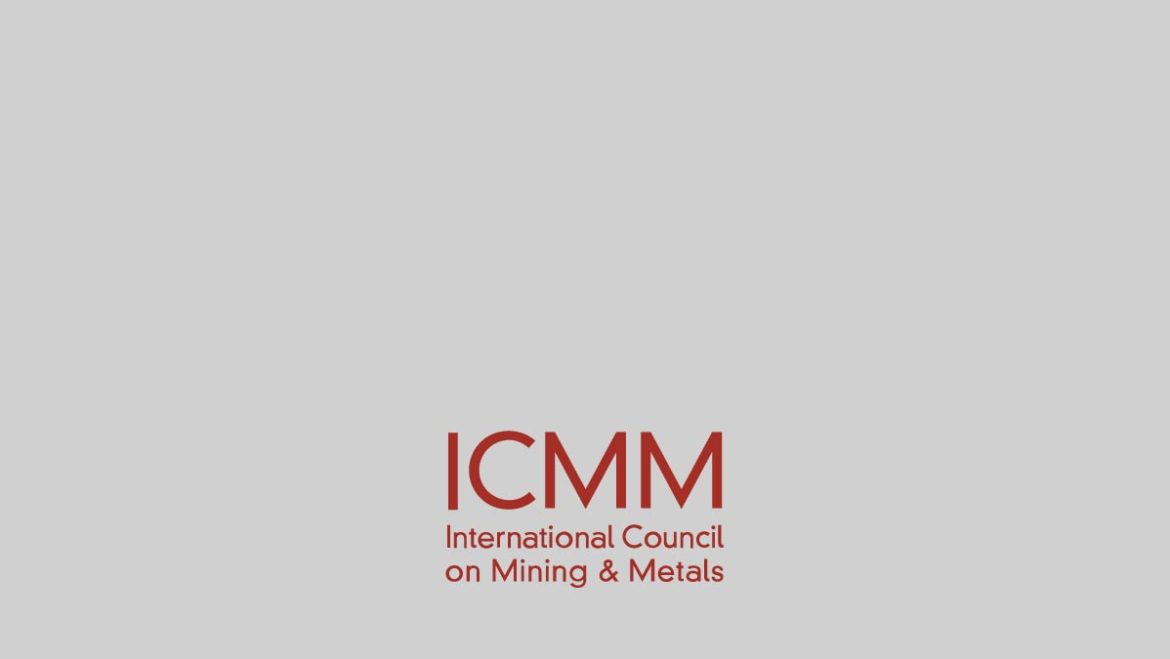In 2003, when Barrick owned the Cowal gold mine in Australia*, Barrick and the Wiradjuri indigenous people successfully established governance arrangements for the mine. While this marked a major milestone in relations with the Wiradjuri people, the genesis of the partnership between the Wiradjuri and Barrick began nearly 10 years earlier.
Barrick and the Wiradjuri attribute the success of their partnership to the relationships that the company worked to cultivate with local indigenous groups well before exploration near Cowal began in 2003. As part of this effort, Barrick engaged with Wiradjuri communities to identify stakeholders and to share information and planning ideas.
In addition to its consultations with local indigenous communities, Barrick also met with conservationists and farmers to ensure that all interested parties had access to the same information. The company hosted several stakeholder tours of the proposed mine site in the years leading up to its construction. Establishing these relationships early on helped Barrick generate support from local communities to submit a formal Native Title Application to the government. This document was the final step to approve the construction of the Cowal mine.
The Native Title Agreement, which established the governance arrangements between Barrick and the Wiradjuri for the Cowal mine, took 18 months to negotiate. The Native Title Party, representing the traditional owners of the land, ensured the agreement included several provisions relating to employment, cultural heritage management, training and business development. The Wiradjuri were very clear that they wanted to establish a long-term partnership with Barrick to achieve employment and positive quality of life outcomes. The Wiradjuri communities were not interested in a transactional royalties-based agreement as they did not believe yearly payments would achieve community development or transformation. They based this approach on lessons learned from other Australian indigenous communities.

